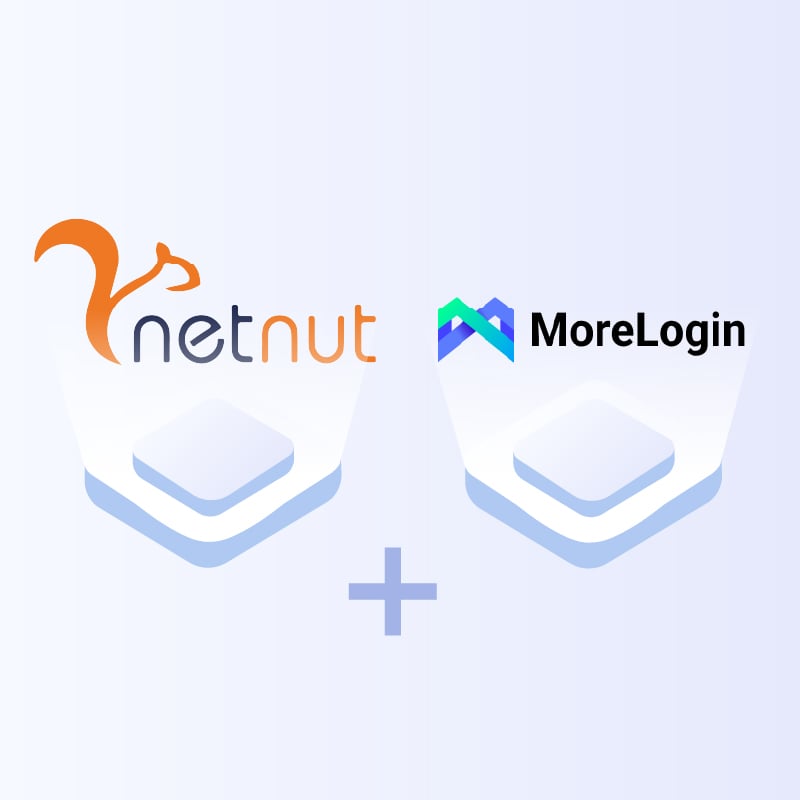What is Incogniton Browser?
Incogniton is an anti-detect browser that offers protection from browser fingerprinting. Therefore, it allows you to manage multiple social media and e-commerce accounts effectively without restrictions or IP bans.
Incogniton has an easy-to-use interface. The free package provides access to managing 10 browser profiles. Cookie management is an exciting feature of this browser. You can automate browser operations with REST API, Puppeteer, or Selenium. In addition, the synchronizer automates repetitive browser steps so it is easier for team members to use.
This guide will examine how to install Incogniton and how to install a proxy profile.
Setup of Incogniton with a Proxy
Step 1: Go to Incogniton website login page to register for the free starter plan. Fill out the Register side of the page and use it for the Login area. Once you are done here, you need to fill out the necessary information on Billing, How did you hear about us, Order, and Payment pages.
Step 2: Download the application on your device.
Step 3: After installation, you need to login with the details- Email and Password you created in step 1. On the Incogniton dashboard, click on New Profile.
Step 4: Enter a name in the Profile Name field, choose your Operating system and Incogniton browser version.
Step 5: Click on Proxy on the left side of the dashboard. Choose your connection type, and fill out the proxy IP, username, and password fields. Then click on Check Proxy to confirm its performance.
- There are various proxy types so when integrating NetNut proxies, choose HTTP or SOCKS5 protocol
This is an example of a proxy string for a browser :
USERNAME-stc-uk-sid-123456789:PASSWORD@gw-am.ntnt.io:5959
-
Hostname Configuration
Copy the hostname/server address provided by NetNut
Example: Type gw-am.ntnt.io into the host field if you are using HTTP protocol. Alternatively, type gw-socks-am.ntnt.io for SOCKS5 protocol
-
Port number Configuration
The Port number for NetNut HTTP proxies is 5959 and 9595 for SOCKS5
-
Username Configuration
Username is your login, which you can find in your NetNut account in Settings -> Billing.
Proxy-type is the proxy type that you use. NetNut provides three different proxy types depending on your subscription plan. Your username should have three components including your user ID, type of proxy( residential, datacenter, static) and target country.
· dc — datacenter;
· res — rotating residential proxy;
· stc — static residential proxy.
Country is the country whose IP addresses will be used for connection. You can choose “Any,” in which case any available country will be used, or you can provide the ISO code of a specific country from the list of NetNut Available Countries: e.g., jp(Japan), fr(France).
Example: ticketing123-res-us
This is where you get the proxy username and password from the customer portal. You can also get in touch with your account manager if you’d like additional assistance.
-
Consistent IP session
While NetNut provides rotating IP addresses, you may want static IP address. This can be useful when you want to maintain your session via the same IPs. Then you need to incorporate a session id (SID) with your username.
How do you choose a SID?
- Choose a number between 4 to 8 digits
- Ensure the numbers are random and non-sequential to protect your IP address
For example: ticketing123-stc-us-SID-435765
-
Proxy password
Insert the confidential NetNut proxy password
Step 6: The result of the Proxy check determines if you need to use another proxy server or check the IP address. If the check is negative, you will see a result like this:
Step 7: When the Check Proxy message is in green, it means the proxy server is working and you can select Create Profile on the right side of the dashboard
Step 8: The new profile will appear under All profiles and you can select Start for anonymous browsing experience.
Conclusion
An anti-detect browser is designed to provide increased anonymity to users. It can alter your digital fingerprint to avoid IP bans. Incogniton is an anti-detect browser that provides a complete infrastructure for managing multiple browser profiles without compromising privacy.
A proxy is the only thing you need to add to get the Incogniton browser at optimal performance. NetNut offers various proxy solutions that can be integrated with the Incogniton tool. In addition, you can use NetNut proxies with multiple tools for enhanced anonymity and online privacy. Check out other “how to” articles to learn how to integrate NetNut proxies with other tools.
Feel free to contact us if you have questions about choosing the best proxy solution for your needs.














